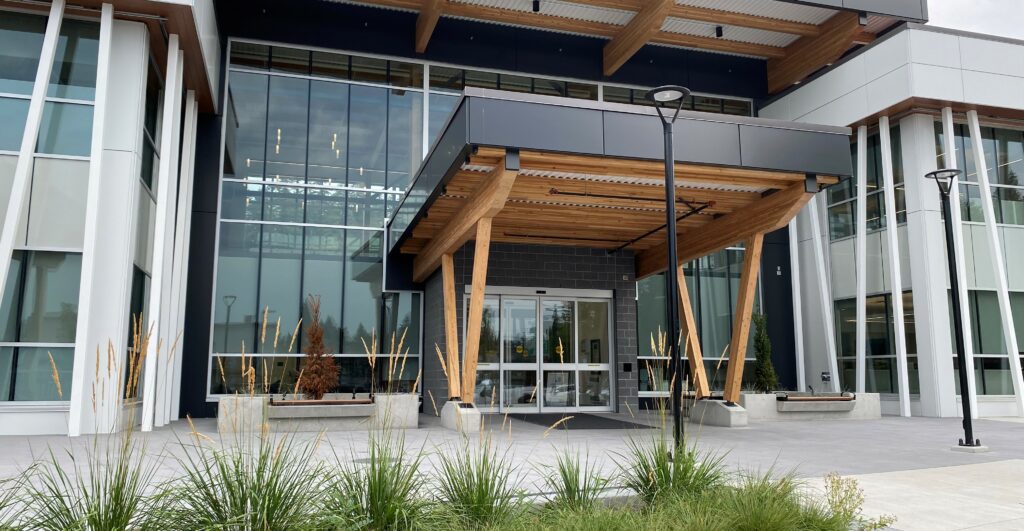
The District Community Schools Model
SD43 encompasses three major lower mainland cities, Coquitlam, Port Coquitlam, and Port Moody (Tri-Cities). Within the district there are six designated community schools, two middle schools and four elementary schools. There are three Community Development Facilitators (CDF) in the district, each responsible for a two-school region. The CDF helps to create a school environment with “diverse and enhanced opportunities, where students, staff, families, residents, agencies, and businesses work together to support student learning, building stronger families and communities.” School District 43 CDFs work to coordinate year-round programs that reflect the diversity, needs, and learning opportunities for student parents, staff, and the general community. District Website
Staffing Structure
Community Development Facilitators in SD43 Coquitlam are 12-month school district employees.
Current Goals for District Community Schools Model
Our district is working to reduce barriers and increase inclusion for students who receive Education Assistant support during the school day. This expansion of services into after-school programs and summer camps has proven to increase accessibility and success of programs and helps us invite students with different needs and their families to be a great part of our community.
Biggest Successes
Our biggest success has been the ability to utilize the Student and Family Affordability Fund to maintain and sustain our programs while also being able to bring in opportunities that were thought to be ‘cut’ because of the increased cost of living. Utilizing these funds to best suit our school communities has been an exciting way to focus on the programs and services that are the most necessary and beneficial to the communities we serve.
How have Community Schools been impacted over the past 3 years
In the past three years Community Schools have maintained the same structure and function within the district. However, post-covid, there has been an expansion of services within the schools as food security programs continue to grow and afterschool programs become more populated. The Community Schools structure in SD43 has been maintained because of the way each school serves their neighborhood. For the most part, the demographics in the Tri-Cities have remained consistent with the placement of the Community Schools and the expansion of Community Centres or Recreation Centres. However, with the changing economy we may see the benefit of Community School service expansion.
